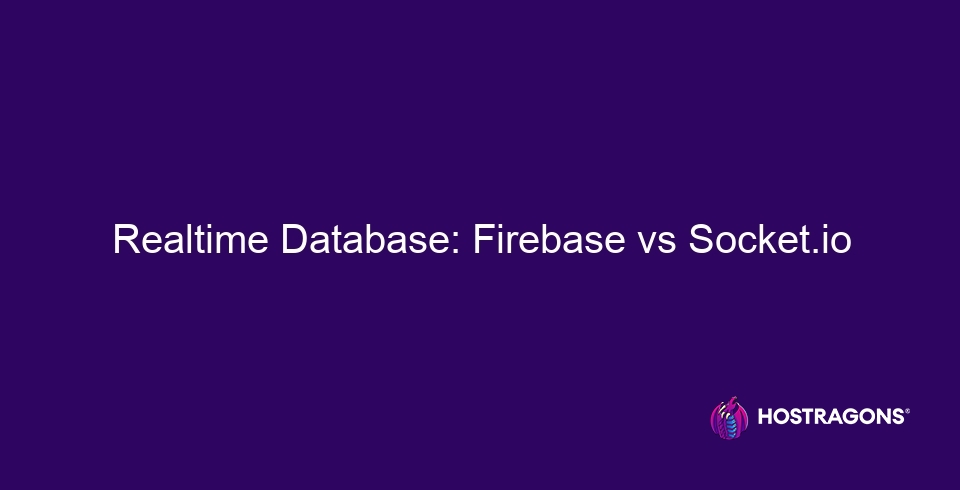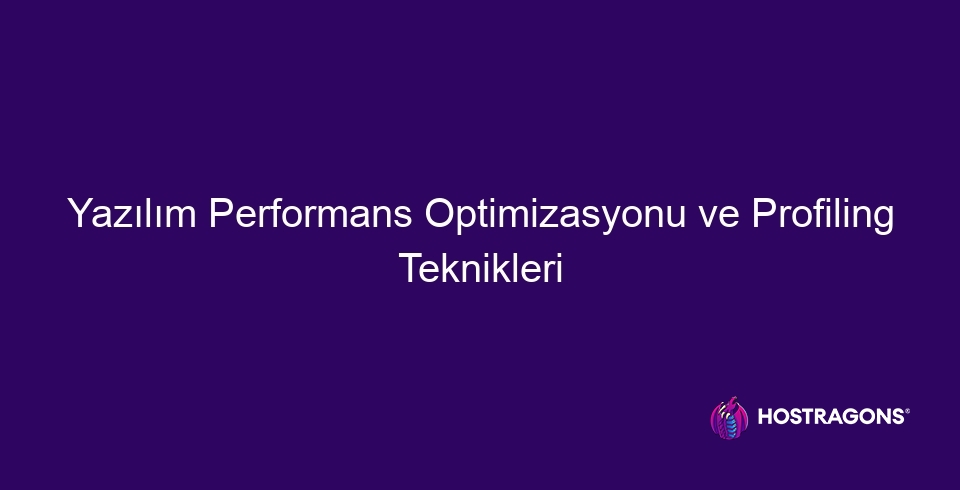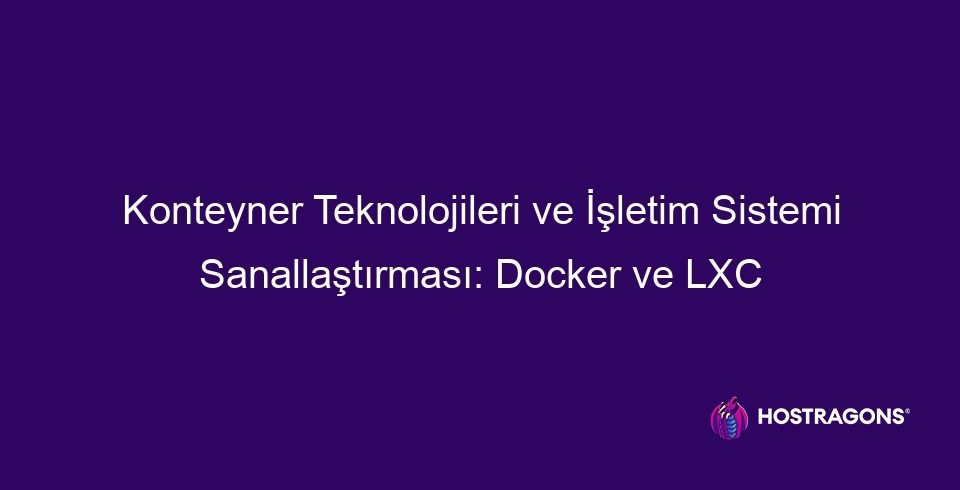 Sep 4, 2025
Sep 4, 2025
Cloud Security: Risk Mitigation and Data Protection Strategies
Cloud security is critical in today's digital world. In this blog post, we examine in detail what cloud security is, why it's important, and its fundamental concepts. We offer best practices for cloud security, touching on topics such as risk management, data protection methods, and cloud service provider selection. We also provide information on methods for preventing security breaches, available tools, and resources. In this article, supported by cloud security success stories, we comprehensively cover the necessary precautions to protect your data and minimize risks in the cloud environment. What is Cloud Security and Why Is It Important? Cloud security protects data, applications, and infrastructure stored in cloud computing environments from unauthorized access, theft, and data loss.
Continue reading











